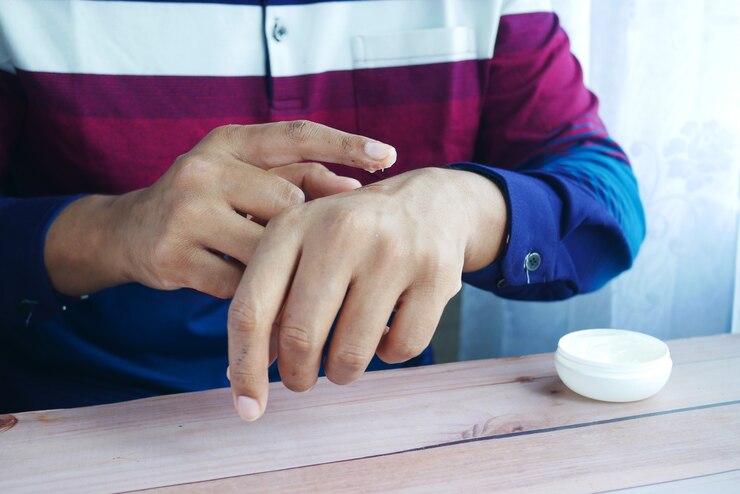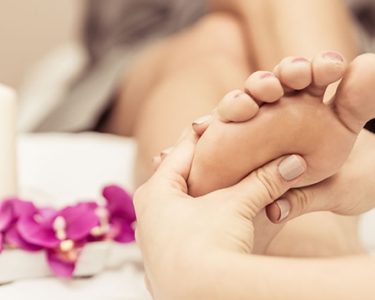As the saying goes, practice makes perfect. When it comes to hand therapy for stroke recovery, practicing is crucial in regaining strength and coordination. But what if you could take your practice to the next level with some tips and tools? In this blog post, we’ll explore the power of practice when it comes to effective hand therapy for stroke recovery. From exercises and techniques to helpful gadgets and resources, we’ve got you covered on your journey towards full recovery. Let’s get started!
The Importance of Practice in Hand Therapy
Most people don’t realize the importance of practice when it comes to hand therapy for stroke recovery. It’s not just about repeating the same movement over and over again. Practice is key to rewiring the brain and relearning lost skills.
Here are some tips on how to make practice effective:
1. Set realistic goals. Don’t try to accomplish too much at once. Break down your goals into small, achievable steps.
2. Be consistent. Set aside time each day to practice. The more consistent you are, the faster you will see results.
3. Be patient. Recovery takes time and there will be setbacks along the way. Remember that progress is often made in small increments rather than large leaps forward.
4. Get support from a hand therapist or other healthcare professional. They can help you identify appropriate exercises and activities to reach your goals.
5 . Use adaptive equipment as needed . If you’re having difficulty using your affected hand, there are many devices that can help with everyday tasks such as eating, writing, and brushing your teeth .
With consistency and patience, practice can be an incredibly powerful tool in hand therapy for stroke recovery .
Tips for Effective Practice
There is no one-size-fits-all approach to effective practice for stroke recovery, but there are some general tips that can help. First, it is important to set realistic goals and break them down into manageable steps. Second, it is important to be consistent with practice, both in terms of frequency and duration. Third, it is important to focus on quality over quantity; doing a few repetitions with proper form is more effective than doing many with poor form. Fourth, it is important to vary the intensity and type of practice; this will help to avoid boredom and keep you motivated. Finally, it is important to listen to your body and rest when needed.
If you are working with a therapist, they can help you develop an individualized plan that takes into account your specific goals, abilities, and limitations. Hand therapy exercises should gradually become more challenging as your strength and dexterity improve. The following are some specific tips for different types of hand therapy exercises:
For grip strength exercises: Start with light weights and increase the weight as you get stronger. For example, use putty or a rubber ball at first, then move on to dumbbells or other hand weights.
For range of motion exercises: Use a splint or other support if needed to prevent excessive strain on the muscles or joints. Start slowly and increase the range of motion as tolerated.
For dexterity exercises: Begin with simple tasks such as picking up small objects or threading beads onto
Tools for Effective Practice
There are a number of tools that can be used to help stroke survivors regain function in their hands. Hand therapy is an important part of the rehabilitation process, and these tools can help make it more effective.
One tool that can be used is the Constraint Induced Movement Therapy (CIMT) system. This system consists of a glove that constrains the non-affected hand, forcing the patient to use the affected hand for all tasks. CIMT has been shown to be effective in helping patients regain function in their affected hand.
Another tool that can be used is virtual reality (VR). VR can provide a immersive environment for rehabilitation, and has been shown to be effective in helping patients with stroke recover arm and hand function.
These are just a few of the tools that can be used to help stroke survivors regain function in their hands. Hand therapy is an important part of the rehabilitation process, and these tools can help make it more effective.
Case Studies
There is no one-size-fits-all approach to stroke recovery, but there are some common themes and techniques that can be helpful for many people. One of the most important things you can do is to keep practicing, whether it’s through formal therapy sessions or informal exercises at home.
Case studies are a great way to learn about different approaches to stroke recovery, and to see how others have benefited from practice. Here are a few examples:
• John Doe was diagnosed with a right hemisphere stroke in July 2015. He began weekly outpatient therapy sessions and also started doing daily exercises at home. Over the course of several months, he gradually regained movement and function in his affected hand.
• Jane Smith had a left hemisphere stroke in October 2014. She participated in intensive inpatient rehabilitation for four weeks, followed by outpatient therapy twice per week. She also did regular exercises at home, and within six months she had significant improvements in her motor skills and independence.
• Bill Johnson suffered abrain stem stroke in September 2016. He underwent two weeks of inpatient rehabilitation, followed by weekly outpatient therapy sessions. He also exercised at home every day, using both standard exercises and games designed specifically for brain injury rehabilitation. Within eight months, he had made significant progress in his recovery.
Conclusion
Hand therapy is a crucial part of stroke recovery. It helps to increase mobility, strength and coordination. We hope that our tips have provided you with the information and tools needed to begin your own effective hand therapy routine. If these strategies aren’t giving you the results you need, seek out professional help from an occupational therapist or physical therapist who can provide more tailored advice for your particular needs. With dedication, patience and practice, hand therapy can be a powerful tool in regaining lost function after a stroke – so don’t give up!




